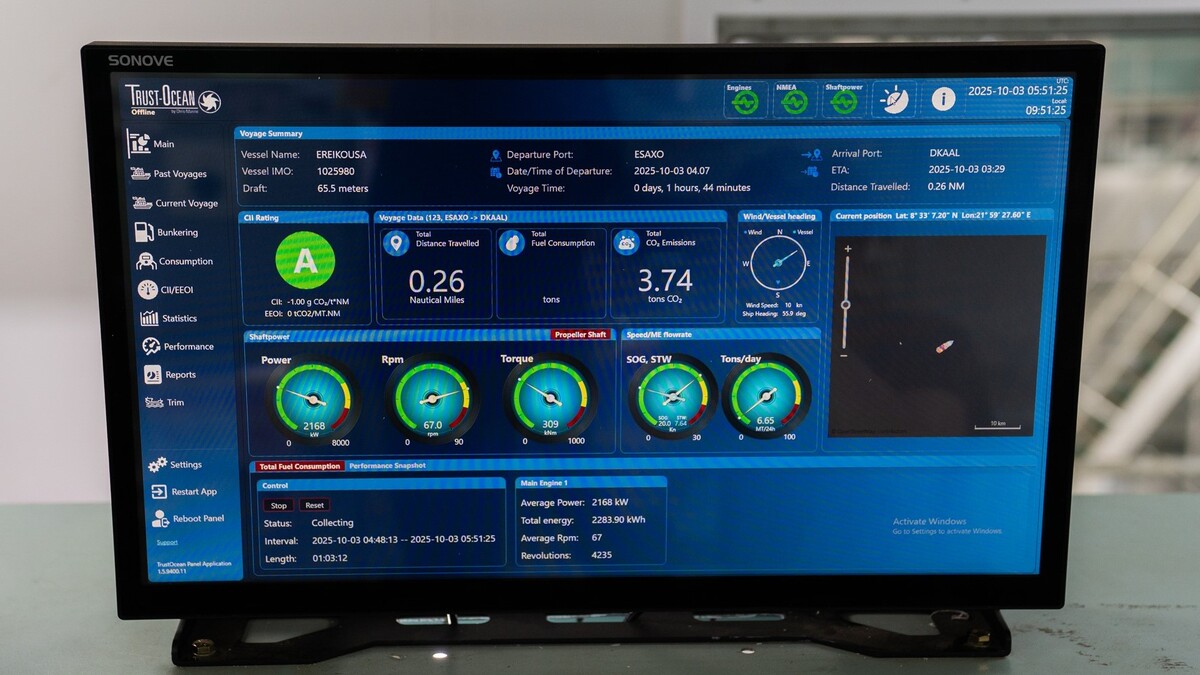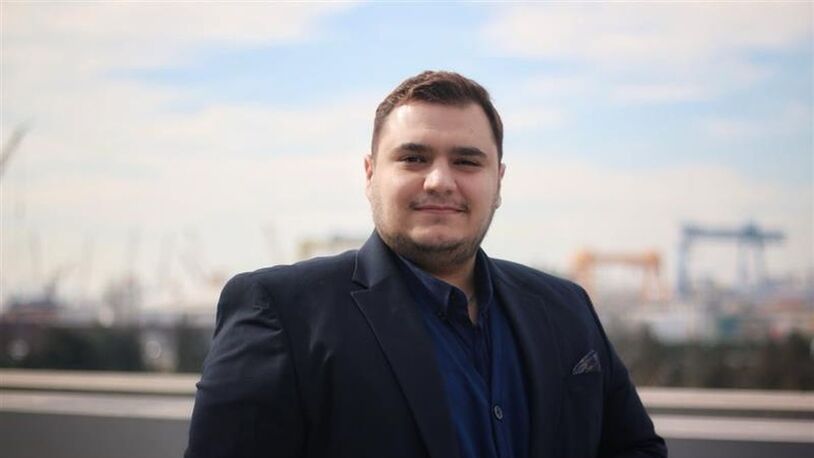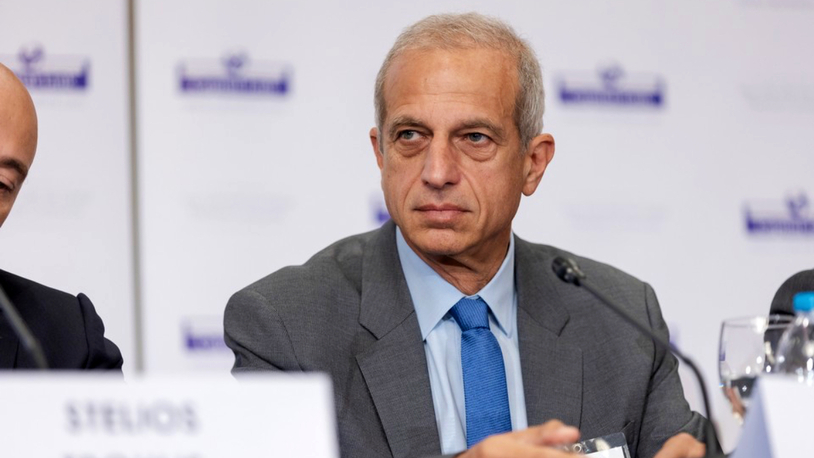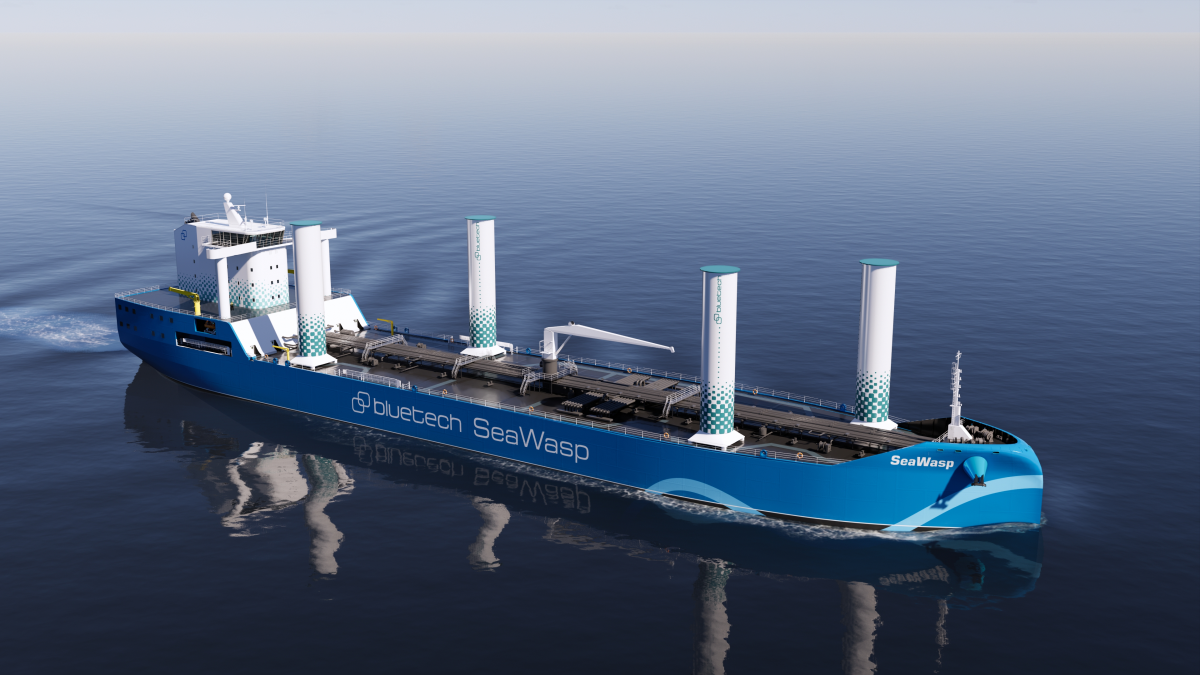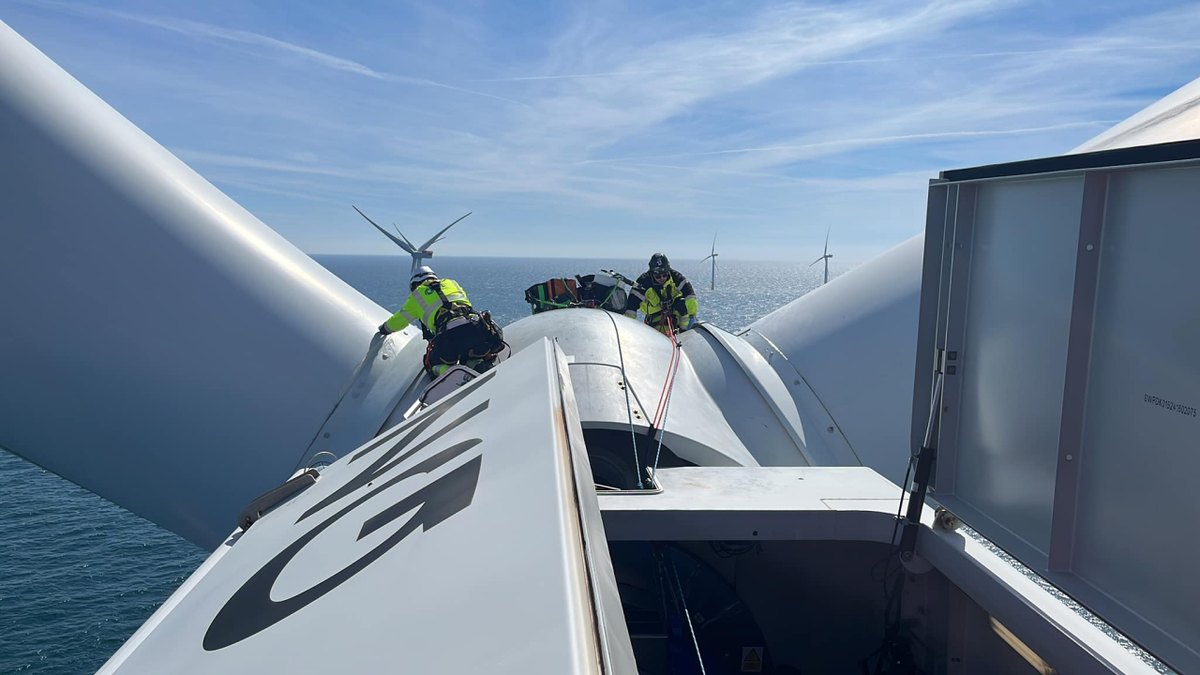Business Sectors
Contents
Register to read more articles.
Tanker CTO sets out AI’s role and real-world potential
Artificial intelligence is reshaping tanker operations but remains a tool – not a replacement – for human judgement, says Armona chief technical officer Farbod Assadpour
Artificial intelligence is beginning to alter the operational landscape for tanker companies, not by transforming vessels into autonomous platforms, but through targeted enhancements in navigation, maintenance, safety and emissions management.
According to Armona chief technical officer Farbod Assadpour, the technology is already proving valuable in voyage optimisation and predictive analytics, but its integration requires steady, human-guided implementation.
“Voyage planning is probably the clearest example,” said Capt Assadpour. “Tools that analyse weather, currents and traffic patterns are becoming more common, and they do help. One operator I spoke with said they cut fuel consumption by a noticeable margin after a year-long trial of an AI routeing system.”
In maintenance, AI enables operators to move from reactive to predictive strategies. By flagging abnormal vibrations or temperatures through sensor data, systems can pre-empt failures that might otherwise disrupt operations. “It is not foolproof, but it is a big step forward. The fewer breakdowns we have at sea, the safer and smoother the operation.”
Visual monitoring systems are also being trialled on the bridge, providing watch officers with another layer of observation – particularly in congested areas such as the Singapore Strait. While sceptical at first, Capt Assadpour observed these camera-based systems do not replace bridge officers, but rather allow them to focus on the most relevant hazards.
Shore-based operations are similarly being reshaped. “When something like a near-miss is flagged by AI on board, that data can be sent back to the office in real time. This kind of ship-shore co-ordination is becoming the new normal.”
Emissions monitoring has also advanced due to regulatory pressures such as IMO’s Carbon Intensity Indicator. Companies are investing in live performance dashboards similar to systems used by Maersk Tankers. “If a ship’s rating drops, the system helps pinpoint the reason. A few years ago, this level of emissions tracking was not possible.”
However, implementation challenges remain. Legacy systems present difficulties when connecting newer AI platforms, often requiring middleware or added sensors.
Inconsistent data formats, unreliable sensors and mismatched units have also hindered performance. “At one point, we had speed in knots from one system and kilometres per hour from another.”
Standardisation, data availability and cyber security are prerequisites for reliable AI integration. “Only then can AI deliver real, actionable insights.”
Rather than replacing crews, AI is reconfiguring their roles. Capt Assadpour recalled a comment from an officer, “Let the AI do the boring stuff; I’ll handle the judgment calls.” Seafarers are now expected to interpret recommendations, assess their validity, and maintain ultimate responsibility.
Ethical concerns – including crew surveillance and algorithmic bias – are being addressed through policy. “We have made it very clear in our company that AI suggestions are just that: suggestions. They are not orders, and they do not override human decision-making.”
Over the next five years, Capt Assadpour expects widespread adoption of AI-assisted navigation, sensor-integrated predictive maintenance, drone-based inspections, and optimised routeing to improve commercial performance and safety.
Interested in joining Riviera’s How will AI transform tanker operations webinar? If you wish to join the panel, contact brand manager Ian Pow.
Related to this Story
Events
International Bulk Shipping Conference 2025
Tankers 2030 Conference
Maritime Navigation Innovation Webinar Week
© 2024 Riviera Maritime Media Ltd.

